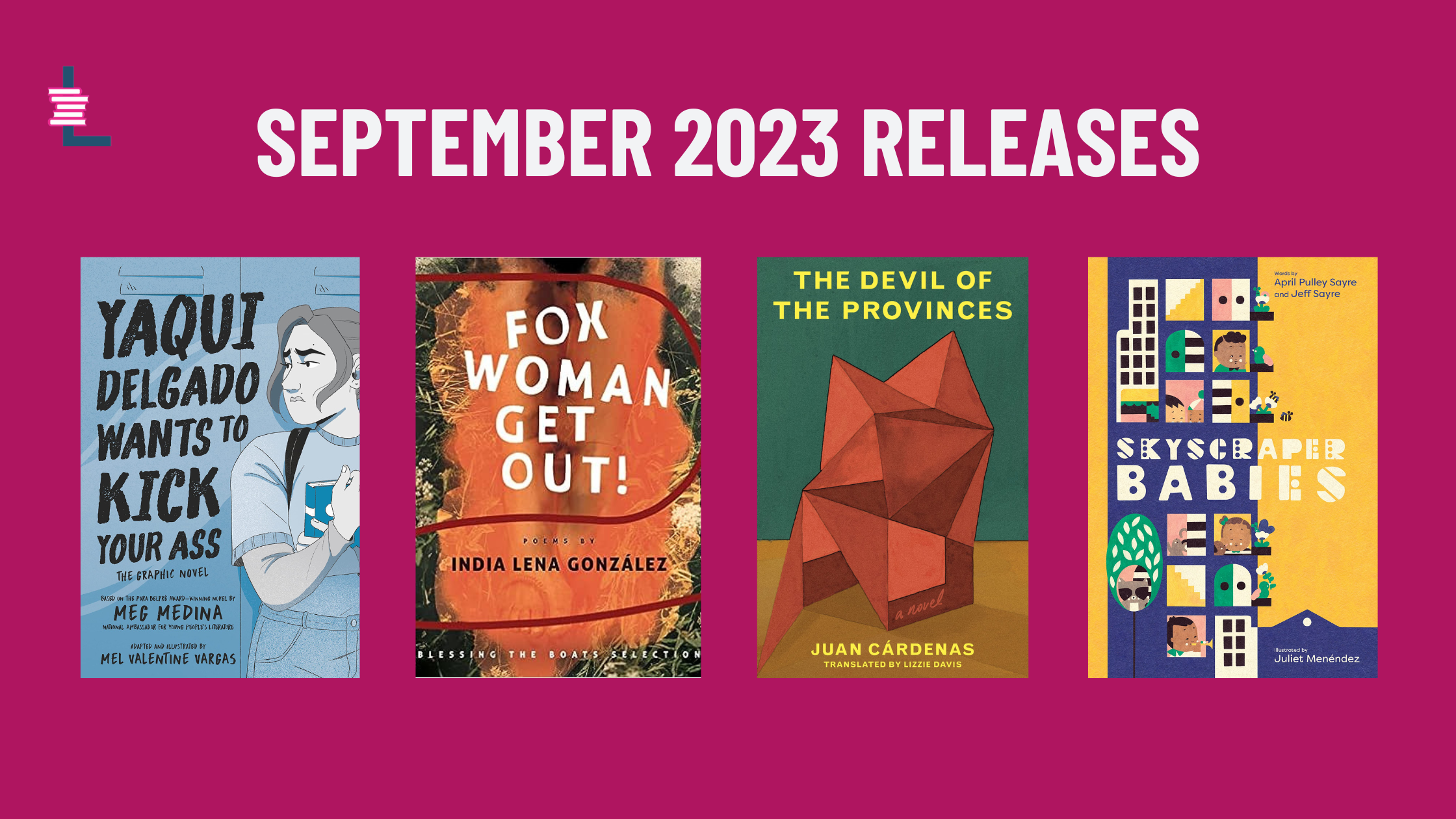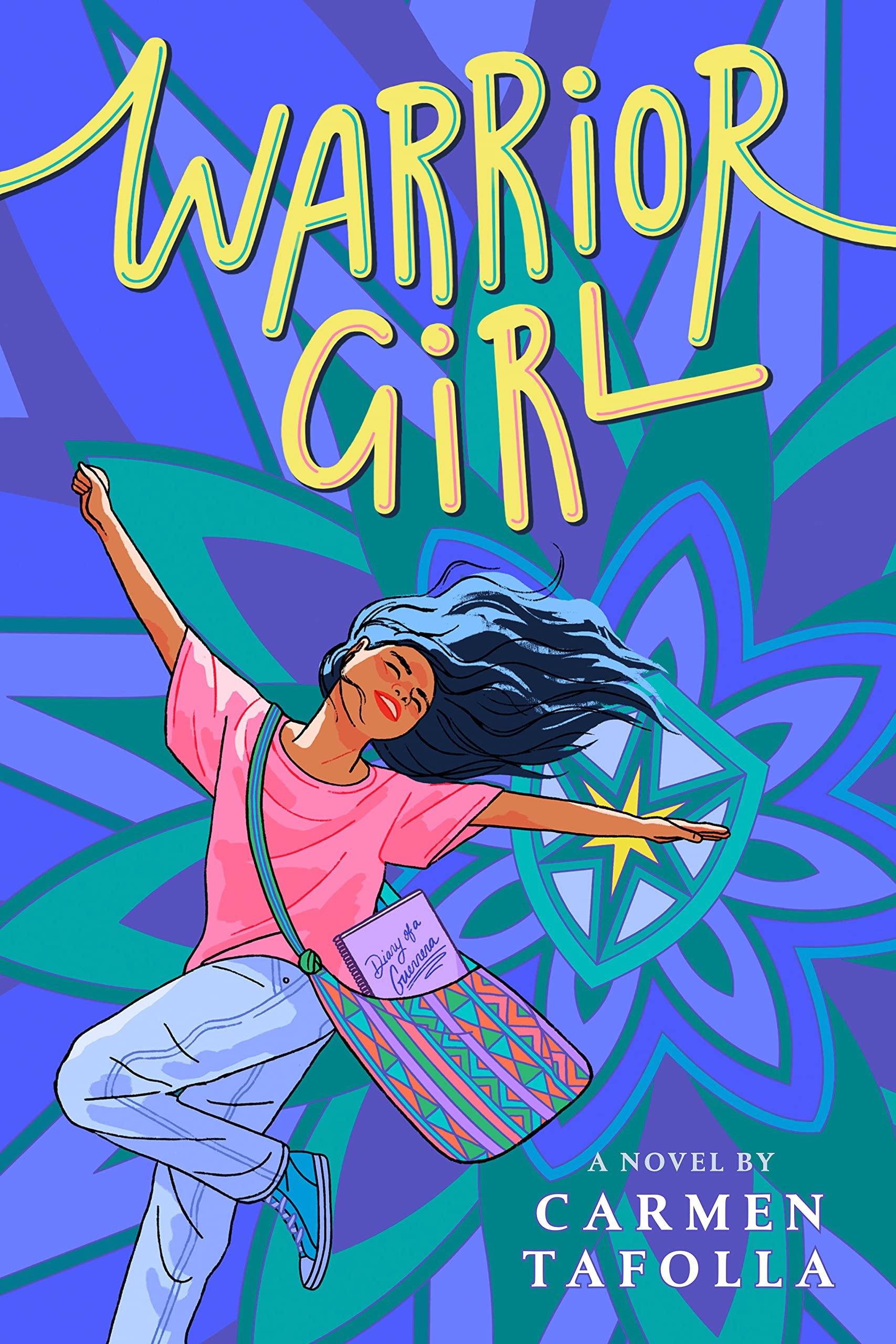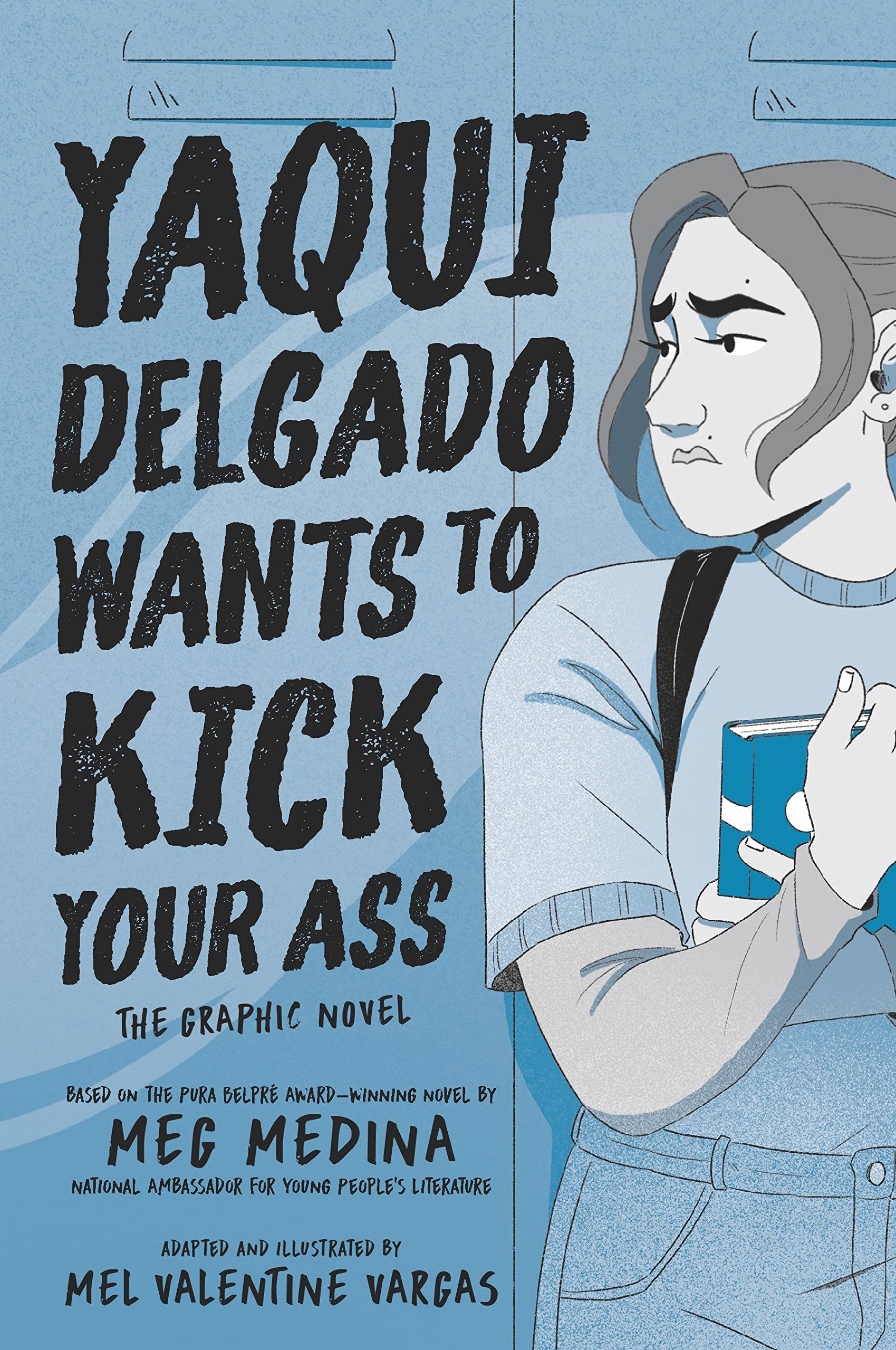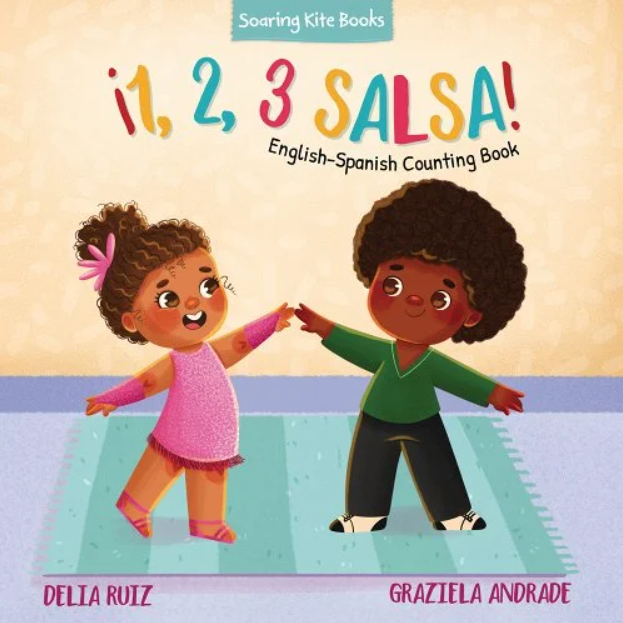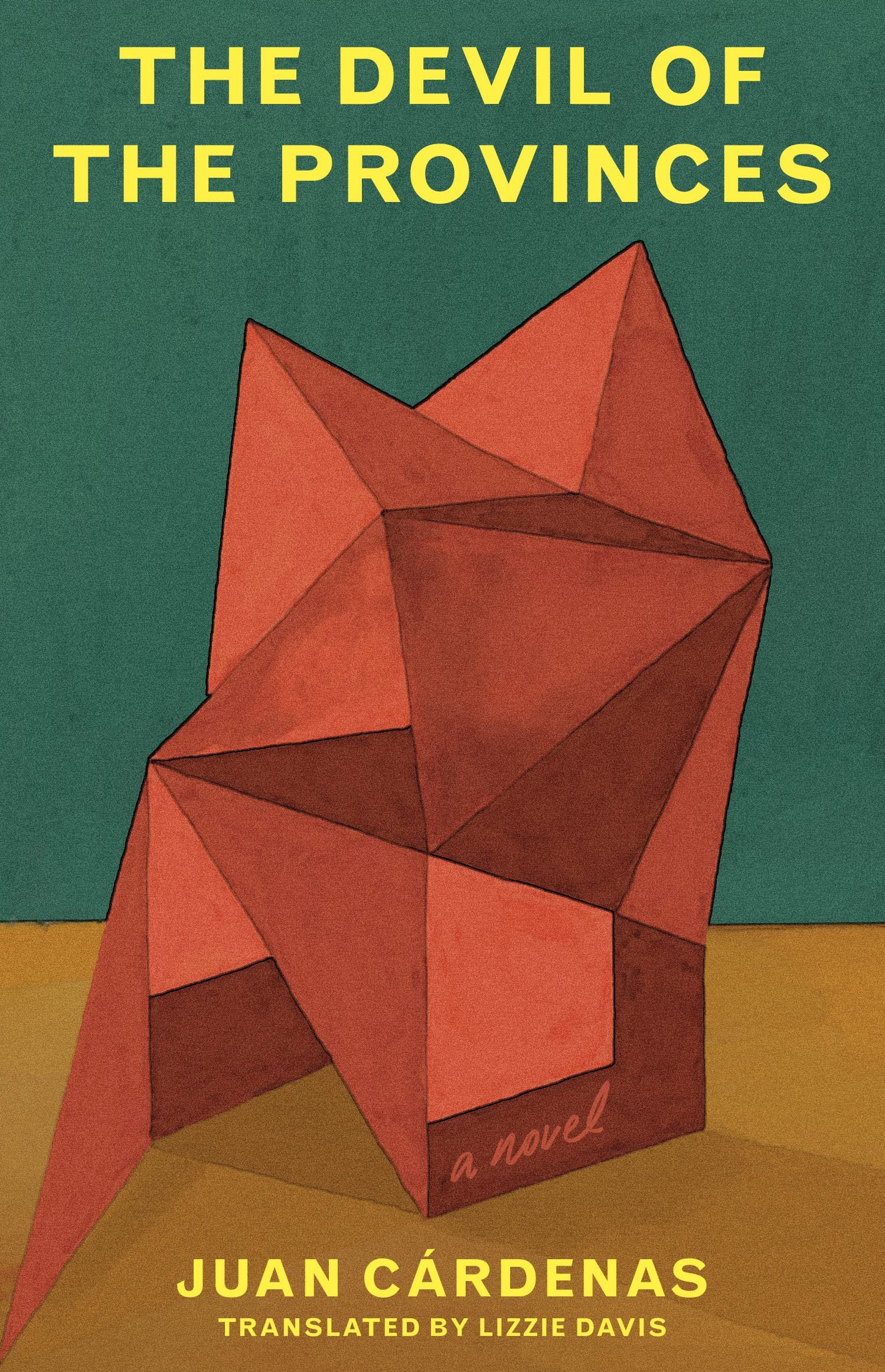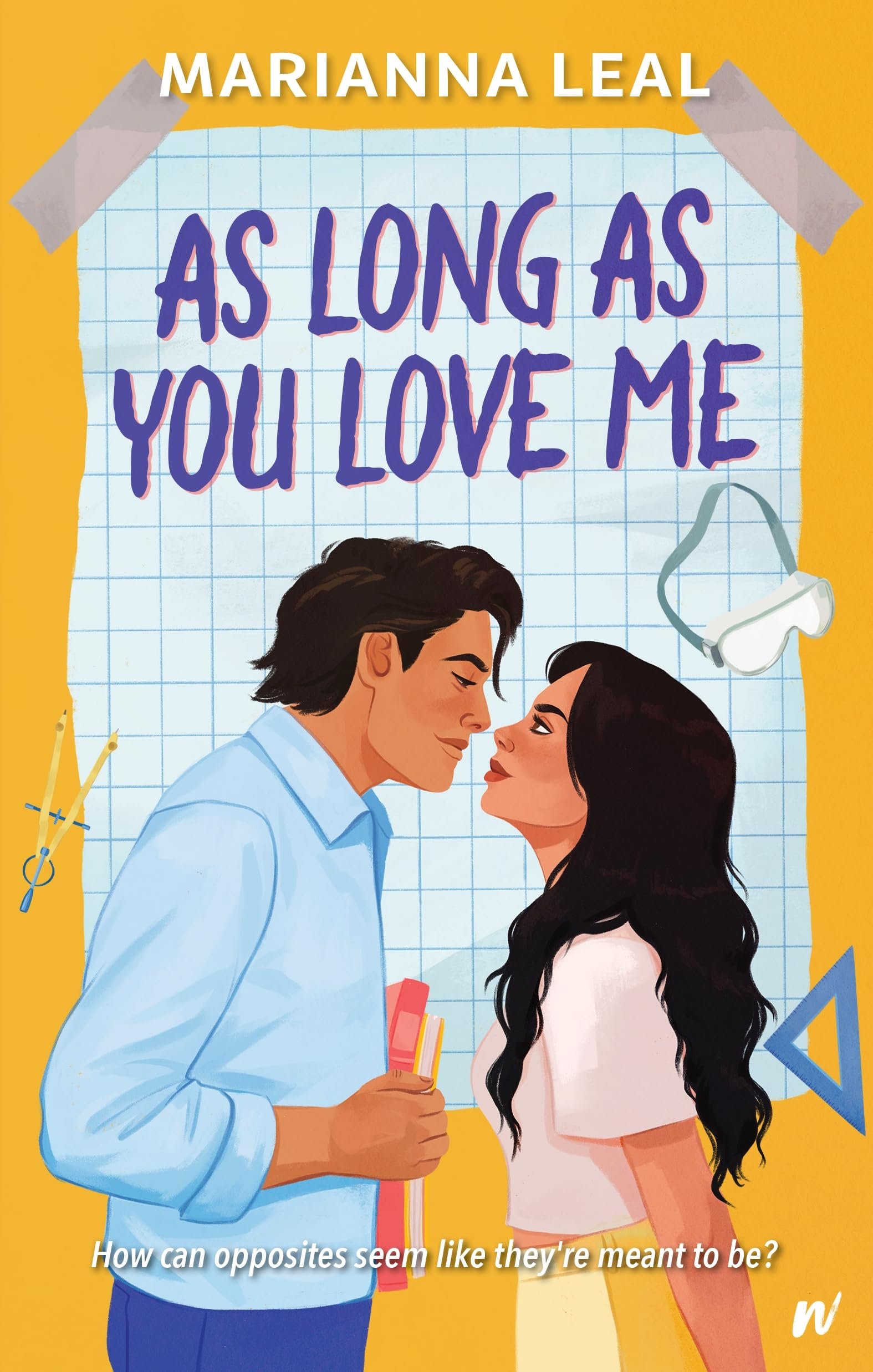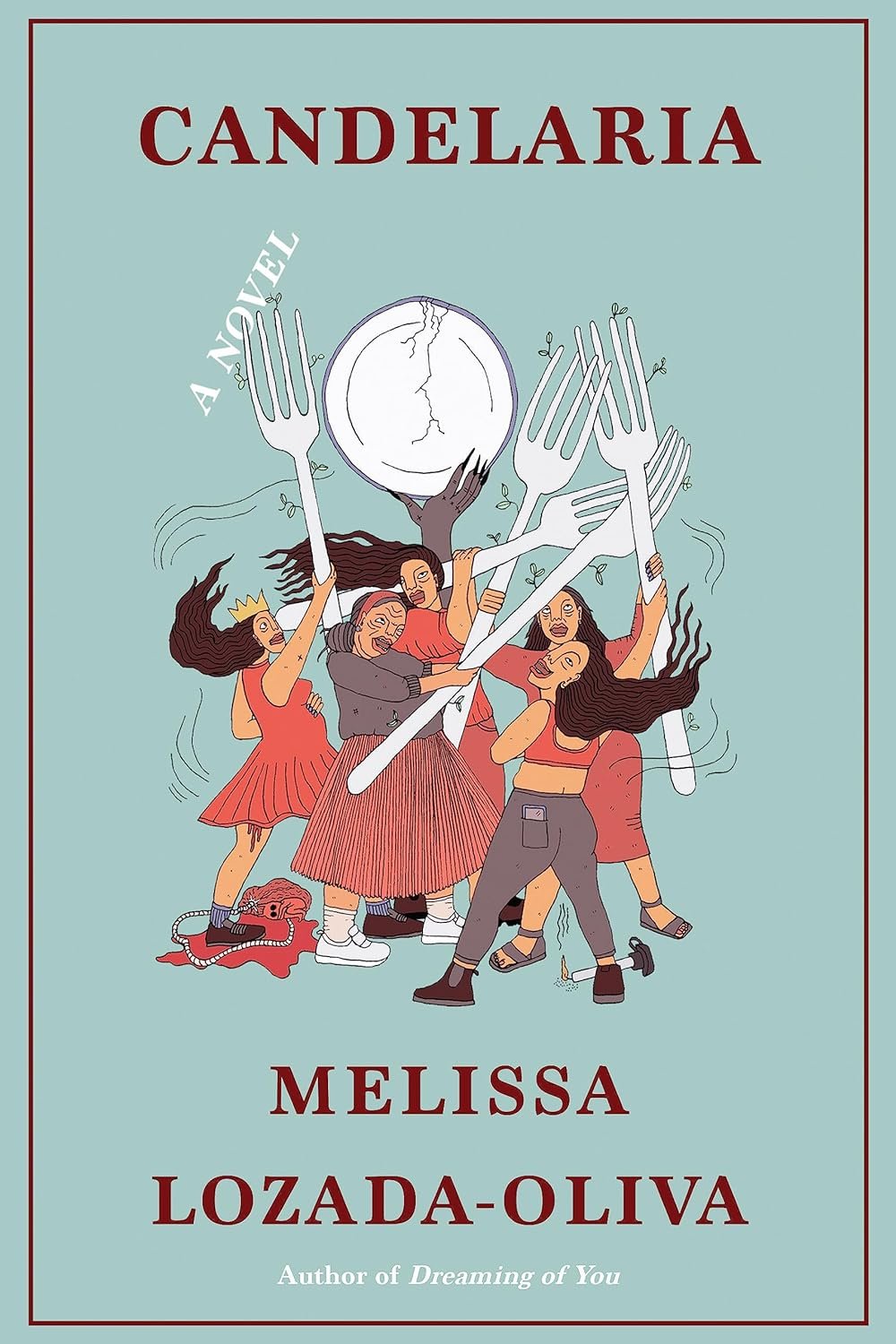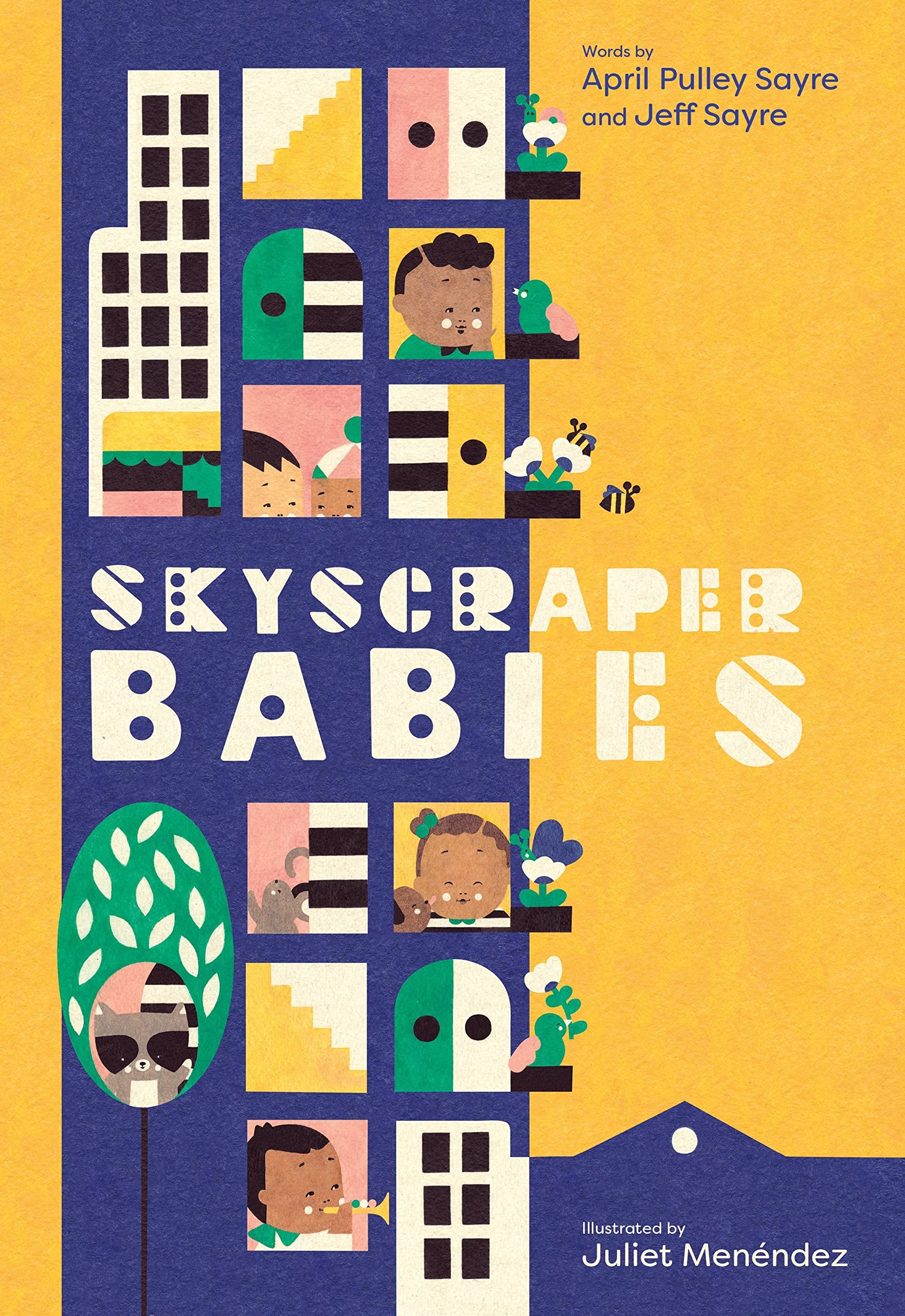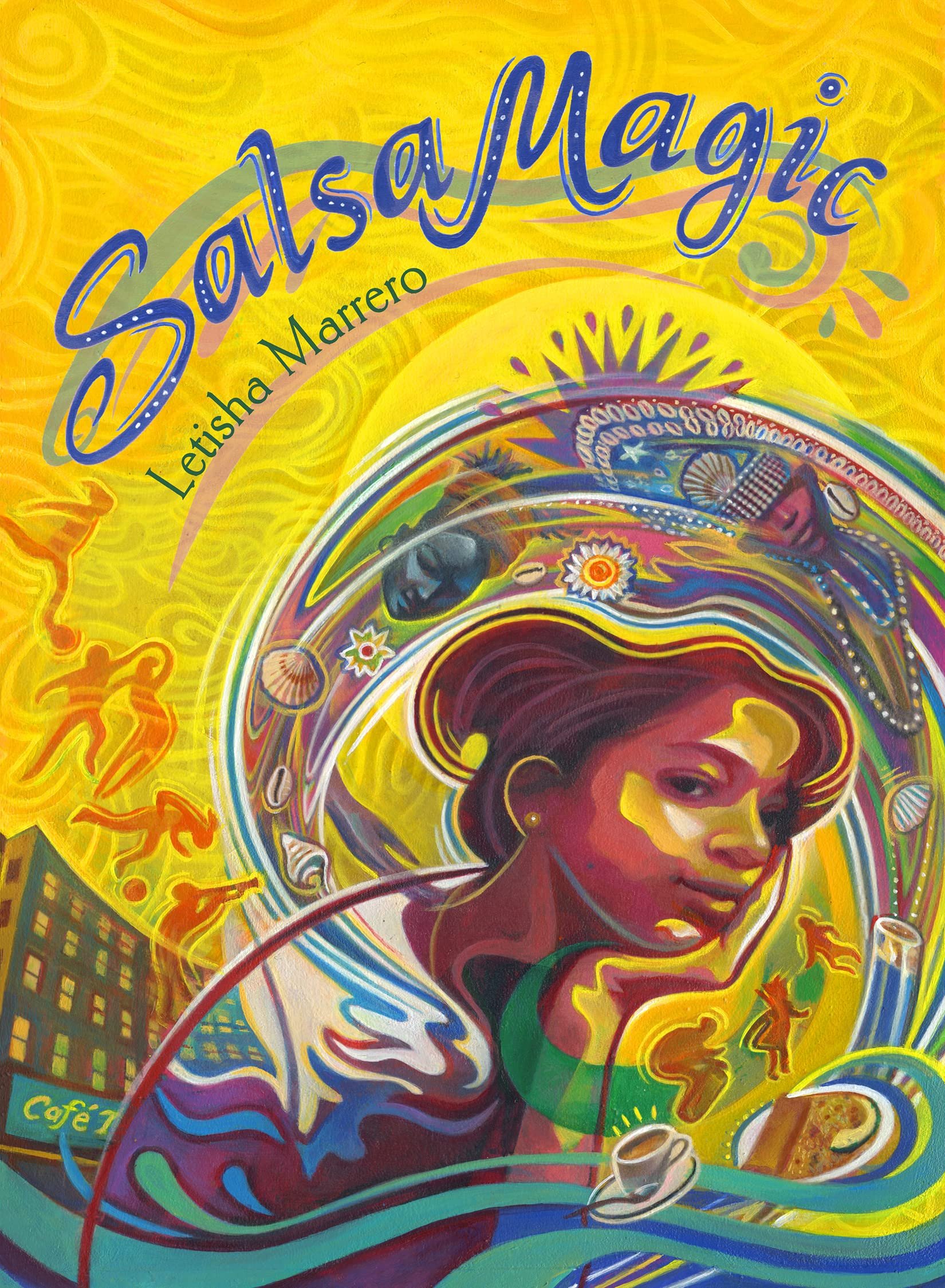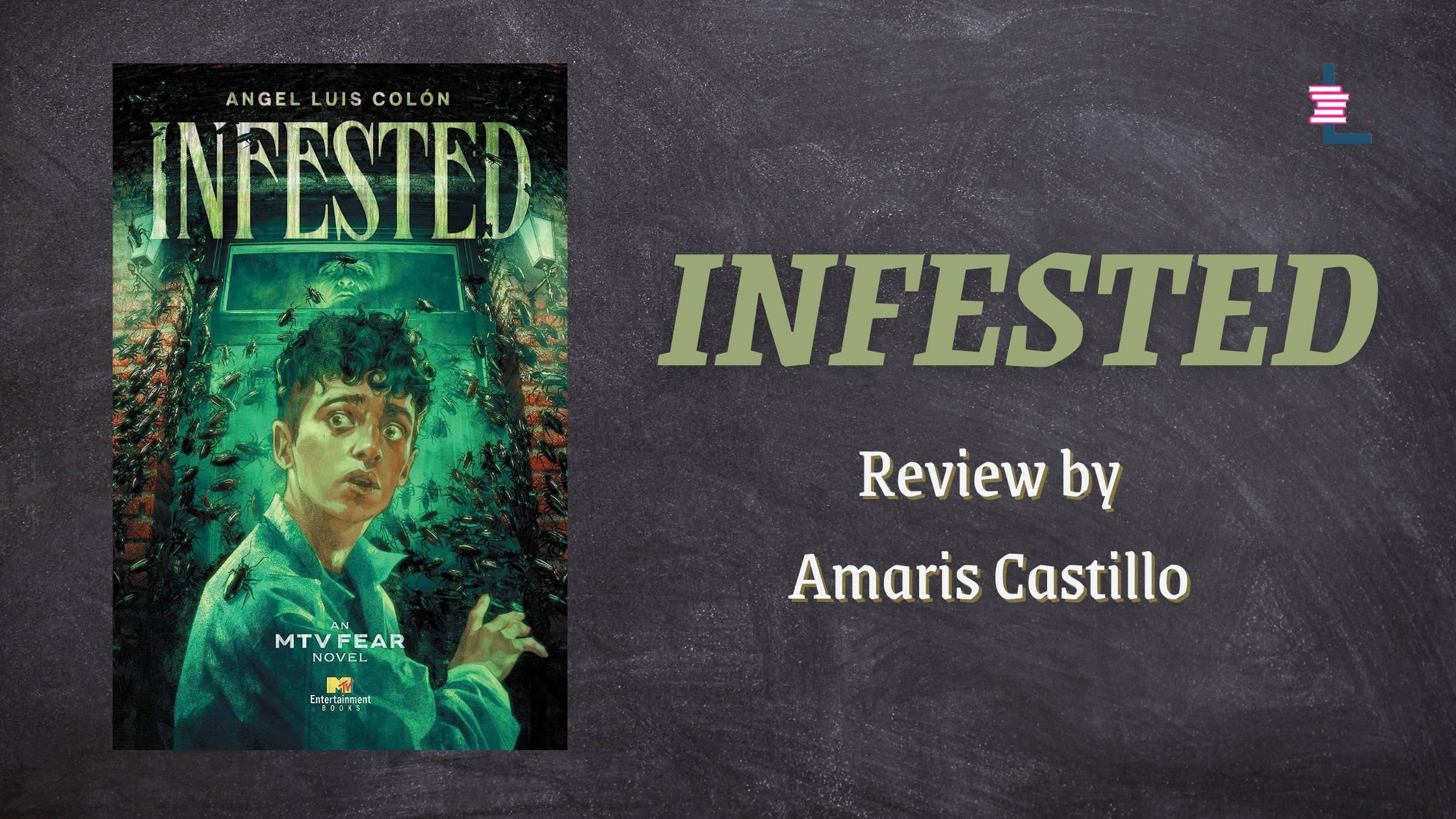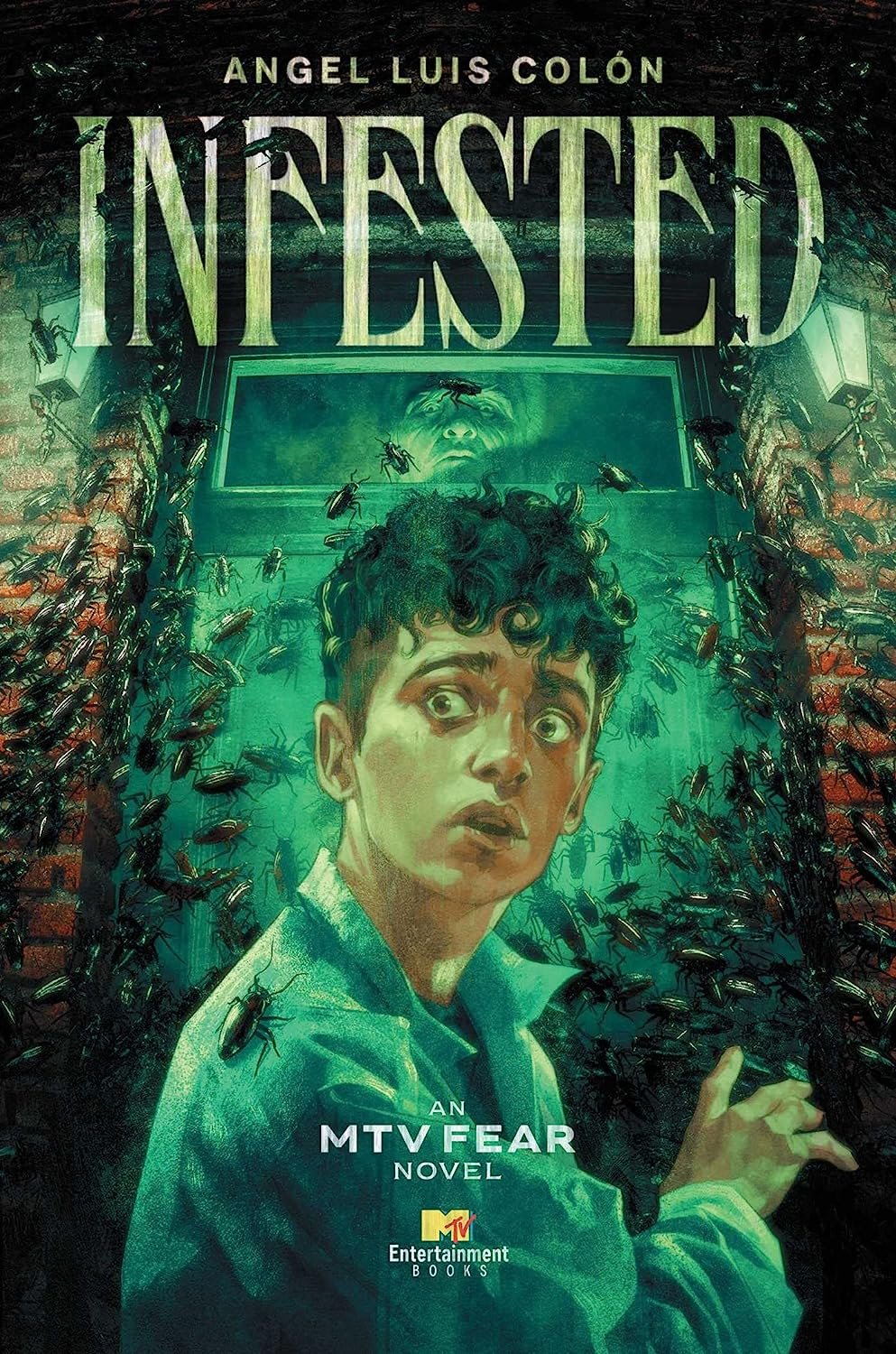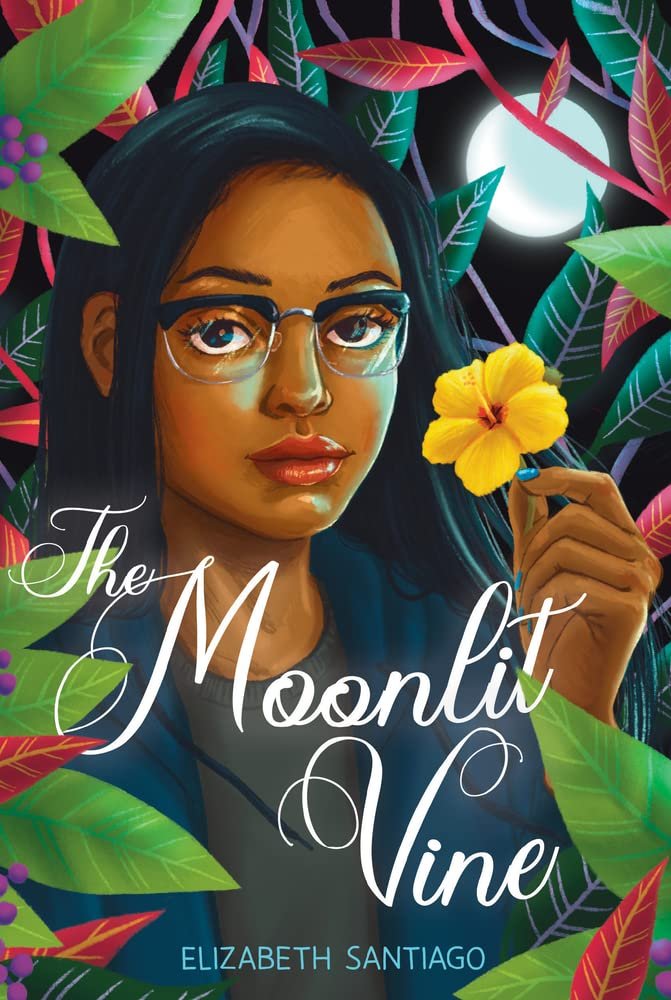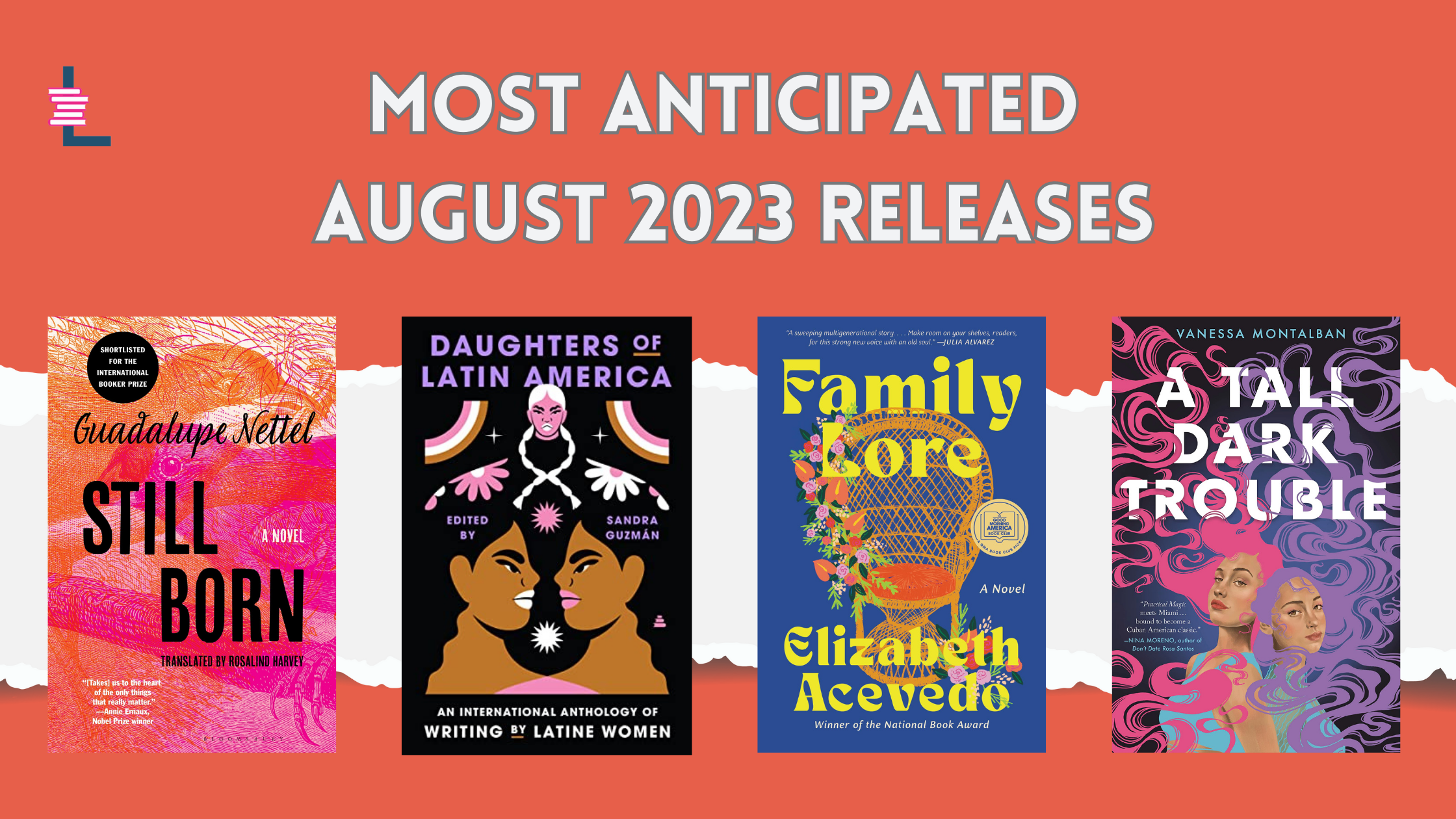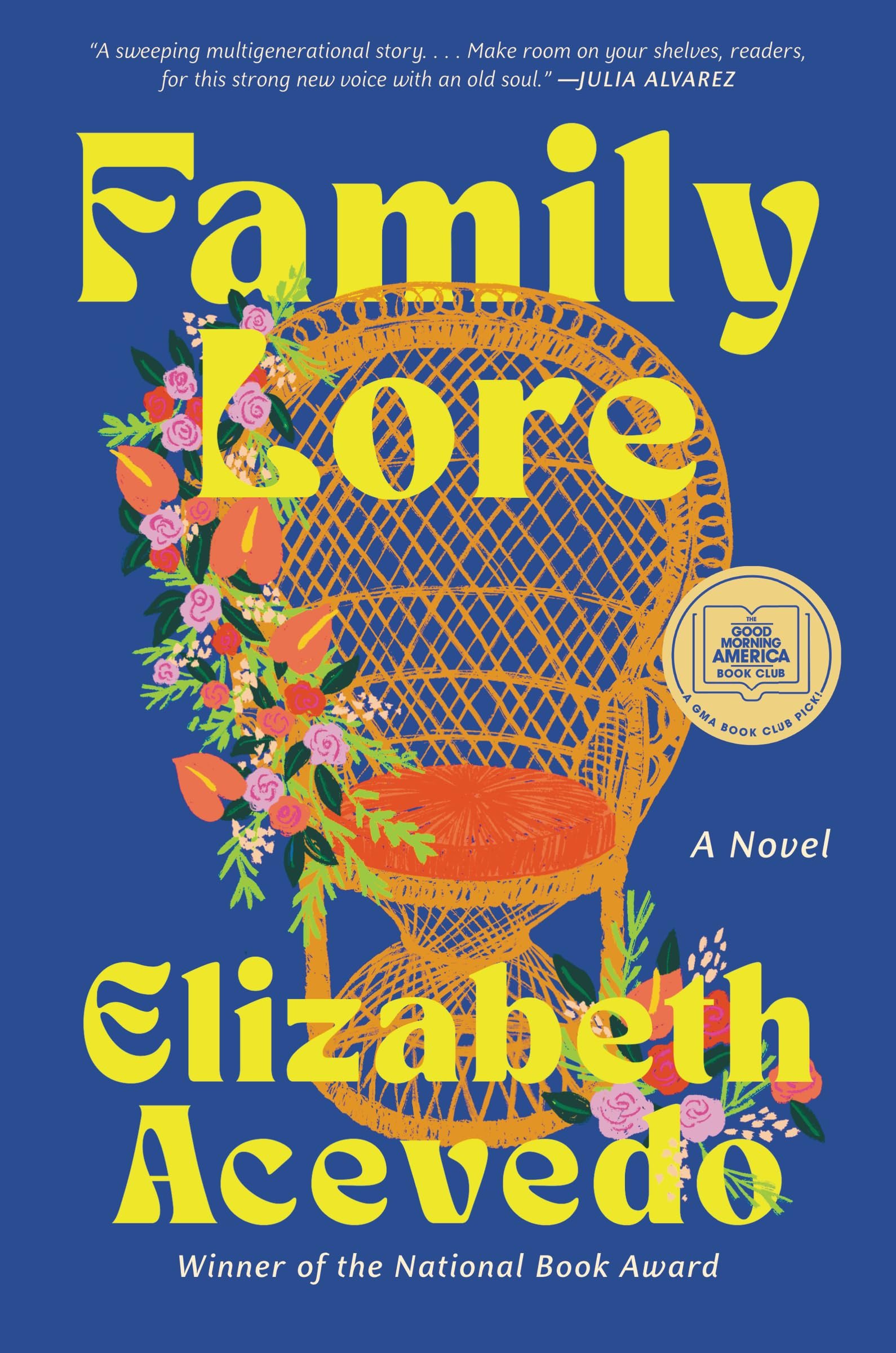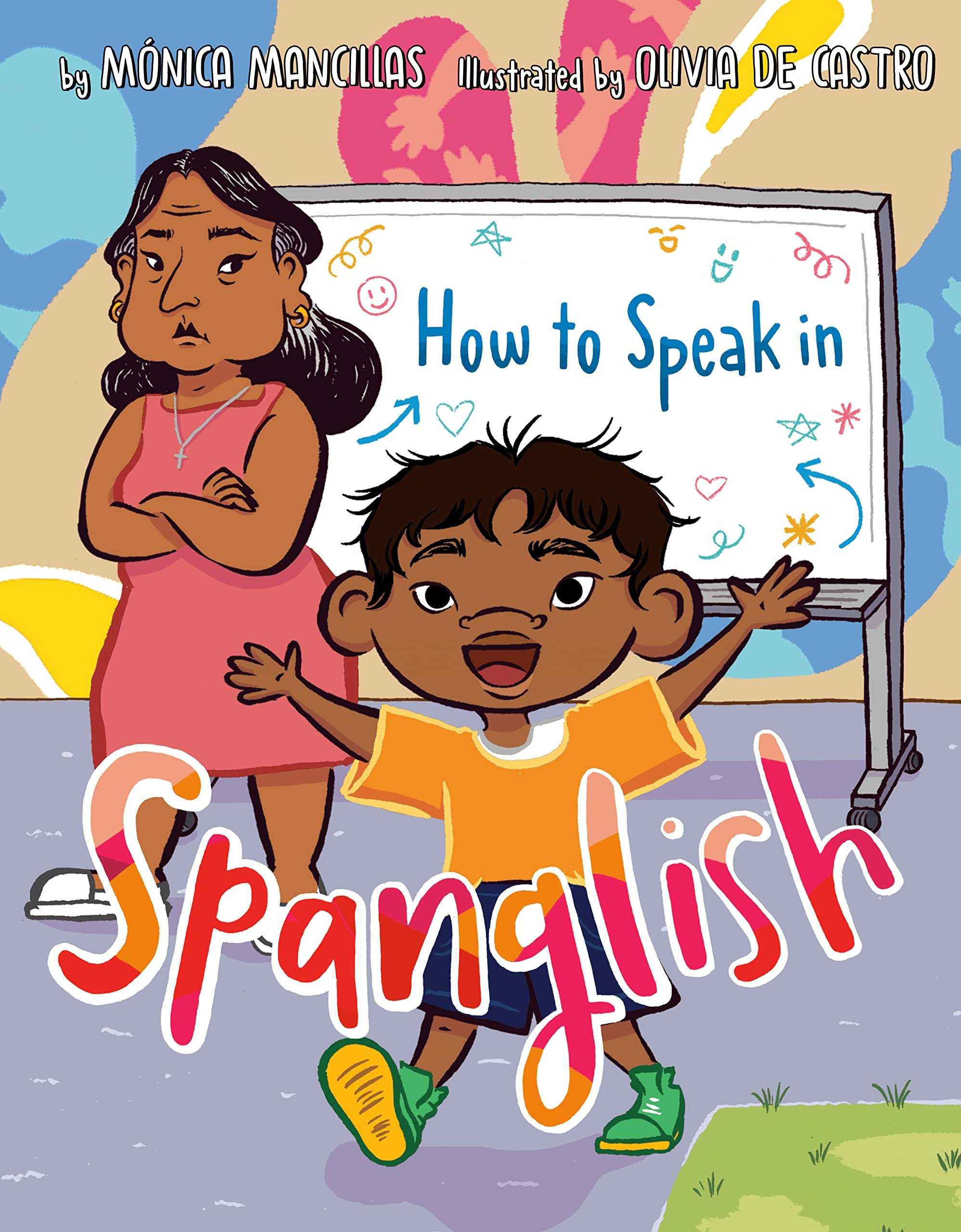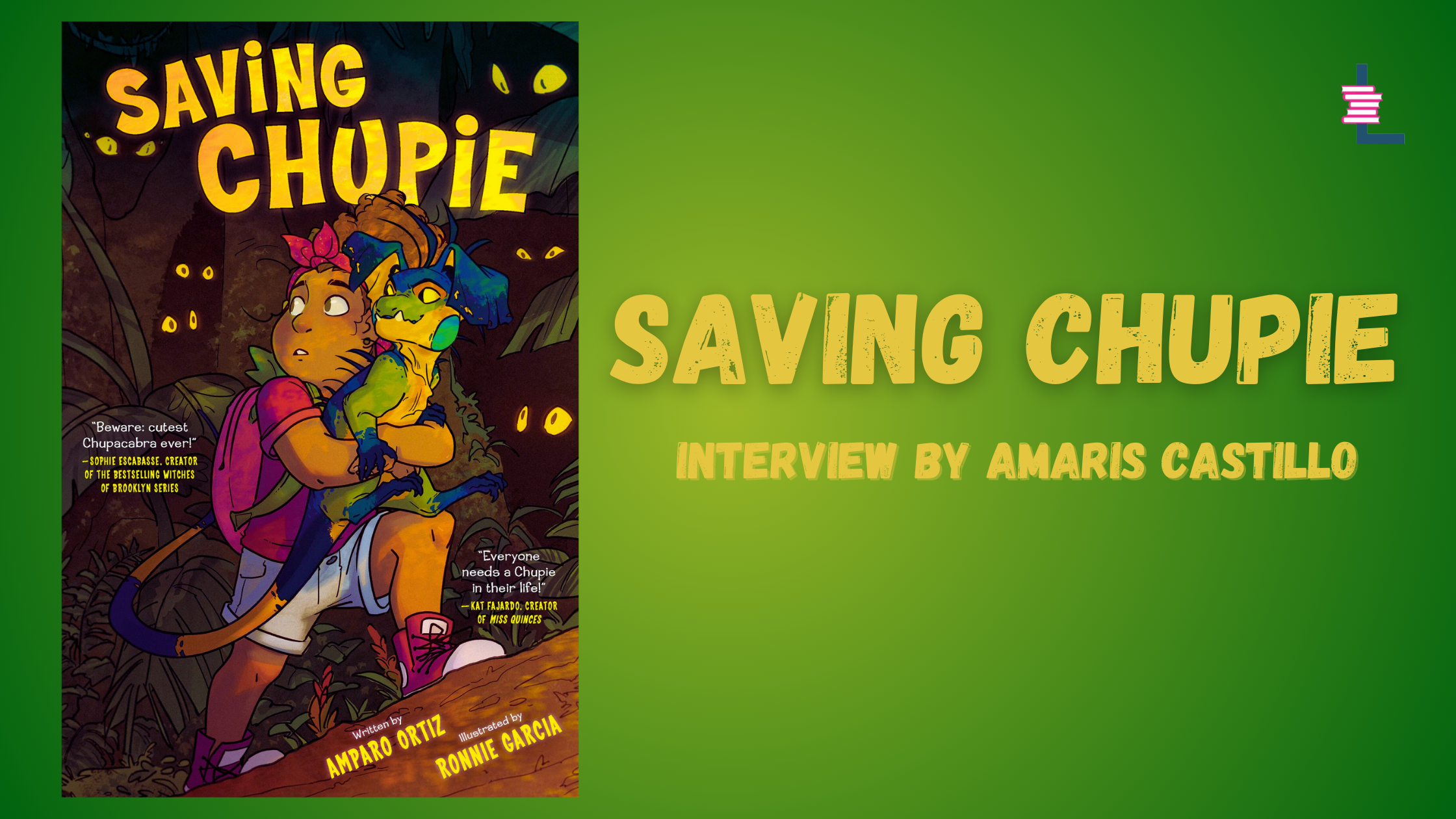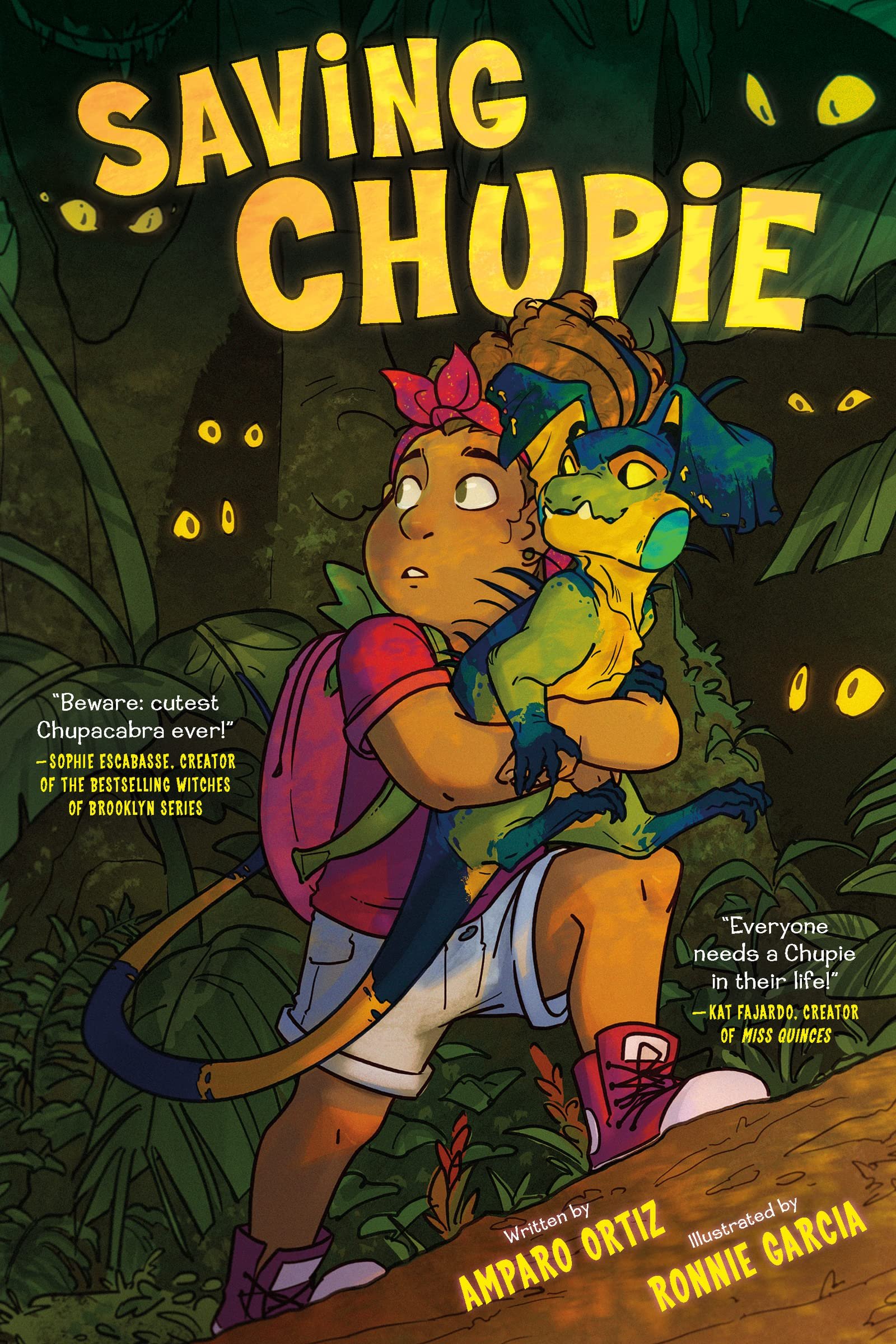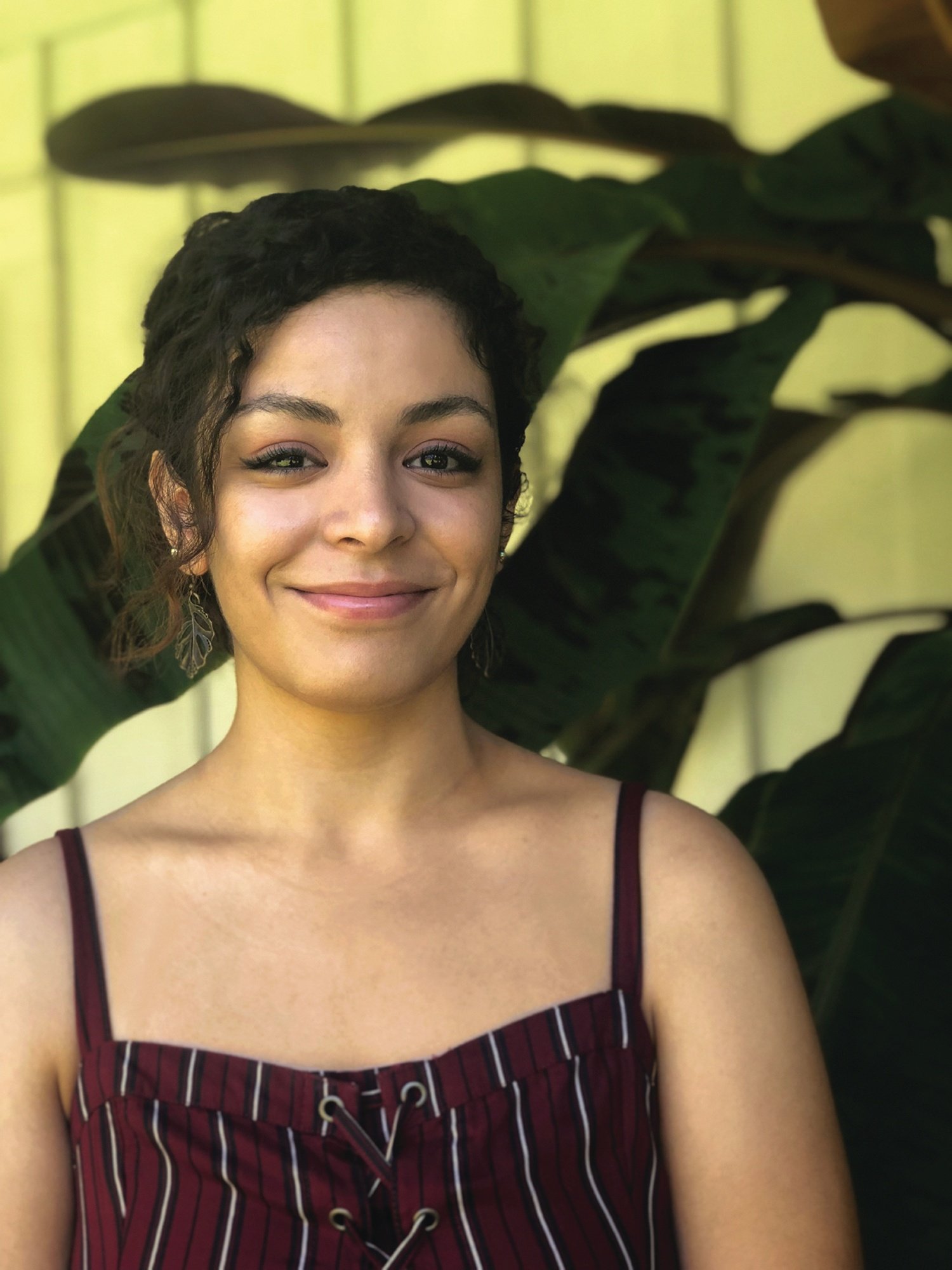As Brave as a Lion opens to a beaming little girl with wild dark hair. She rides a bicycle, chases birds, and jumps on a bed. By her side is a lion about five times her size, with a fiery orange-red mane.
“No matter how fast I go or where I end up,” the girl narrates, “my brave lion sticks with me—my lion’s always there!”
The girl believes the lion helps her find her voice when she’s too shy or too nervous. He helps her feel brave. He’s on her team.
Then one day, the duo set out to try a new “rocket-fast” slide at the playground. The giant cat follows the girl up the ladder. But once atop the slide, she learns that lions, too, can be afraid. Can she find her own bravery to become her lion’s lion this time?
Erika Meza, the author and illustrator of As Brave as a Lion (out now by Candlewick Press), brings readers a touching picture book about fear, friendship, courage, and how to show up for others. Meza’s expressive artwork and color choice add tremendous warmth. Valiente como un León, the Spanish edition, is also available.
“For me, the book was all about fear, and how you face fear when you’re that little—and even when you’re a grown-up,” said Meza, who was born in Mexico and now resides in North London. “It’s all about how, anytime that you’re afraid, you basically have to hold your fear by the hand and go, ‘You know what, fear? I know you’re there, and it’s OK. We’re going to do this, and we’re going to do this together.’”
“Erika Meza, the author and illustrator of “As Brave as a Lion” brings readers a touching picture book about fear, friendship, courage, and how to show up for others. Meza’s expressive artwork and color choice add tremendous warmth. ”
Meza explained that, in a way, this is what happens with her main character and the girl’s furry companion. “Throughout the book, the lion is kind of this embodiment of bravery,” she said. “But once they’re on top of this slide, it is actually the lion that is completely afraid.”
As an example, the artist brought up the magic feather in Dumbo, the 1941 Disney animated fantasy film about a circus elephant with far-oversized ears. In the film, Dumbo believes that a feather will allow him to fly.
“He thought it was the thing that made him fly, but actually the feather was a feather all along. And he had it in him,” Meza said. “It’s kind of the same (in As Brave as a Lion). At first, you think that the lion is the thing that is making her brave, or making her able to pretend that she’s brave. But actually she’s been brave all along.”
As Brave as a Lion is Meza’s first book as an author-illustrator. But at one point, there wasn’t a story—not even a lion. Initially, Meza’s watercolor pencil illustration was of a little girl and a huge bear. The artist thought it would be a nice game of contrast. According to Meza, her agent suggested making the bear a lion instead.
So Meza started over.
“And funnily enough, a lot of the stuff that had felt like it was good in the first one, came out better. I think it was because I had already done it once, and I knew what had worked and what hadn’t,” she said. “Then when I repainted it, it kind of became a little bit more free and a little bit more expressive. And I love that.”
Earlier this year, Meza offered a behind-the-scenes look into the making of As Brave as a Lion on Instagram. It took her several years and hurdles to create the book, including when Storm Eunice damaged her original artwork when water flooded her London studio.
““But at the end of the day, if you don’t move and do something about it, then it’s not going to happen because you’re not actually taking action. You’re standing still...””
One of the most intriguing elements to this story is the lion itself. It’s unclear whether the lion is real to others, or if it’s derived from the girl’s imagination. Growing up, Meza said she read a lot of Gabriel García Márquez, and recalled a story by the Colombian author about an angel who appears in a town and is caged. People come from all over to see him. Meza said there was never any kind of explanation by García Márquez of how the angel appeared.
“You never really have to explain the rules of the magic,” she said. “It just is.”
So when it came time to discuss with her editor whether the lion in her picture book was real or not, Meza came to a realization.
“Putting an explanation behind it kind of confined the imagination of the reader, and so I quite like the idea of: ‘It just is.’ The lion just is,” Meza said. “Why should we question that? Why should we put an explanation? And if you want to give it an explanation, then why not make your own? Why not have your own take of how this lion came to be? On that part, I quite like the idea of ambiguity, just to give the reader—both the adult and the child—the space of interpretation.”
Meza said it’s taken her about 30 years to learn what she hopes young readers will take away from As Brave as a Lion.
“We see people and we think, ‘They’re so impressive. How did they manage to do that? How have they gotten to where they are?’” she said.
The author-illustrator said it can be anything from overcoming shyness, to moving to another country, or daring to do something you’re passionate about. And in the case of her character in As Brave as a Lion, it can look like pushing through fear to go down a very tall slide.
“But at the end of the day, if you don’t move and do something about it, then it’s not going to happen because you’re not actually taking action. You’re standing still,” she said. “If you dare, maybe sometimes it’ll backfire and you’ll know that it was a horrible idea. But more often than not, the one thing that you can get is a ‘yes’ or a positive result. So, for me, it would be a matter of just not letting fear control your life, and keep it still and stationary.”
Erika Meza was born in Mexico, fell in love with animation on the border with California, and developed a taste for eclairs in Paris before moving to the UK to teach at Nottingham Trent University. She is the illustrator of My Two Border Towns by David Bowles, Salsa Lullaby by Jen Arena, and Arthur Wants a Balloon by Elizabeth Gilbert Bedia. She lives in north London.
Amaris Castillo is an award-winning journalist, writer, and the creator of Bodega Stories, a series featuring real stories from the corner store. Her writing has appeared in La Galería Magazine, Aster(ix) Journal, Spanglish Voces, PALABRITAS, Dominican Moms Be Like… (part of the Dominican Writers Association’s #DWACuenticos chapbook series), and most recently Quislaona: A Dominican Fantasy Anthology and Sana, Sana: Latinx Pain and Radical Visions for Healing and Justice. Her short story, “El Don,” was a prize finalist for the 2022 Elizabeth Nunez Caribbean-American Writers’ Prize by the Brooklyn Caribbean Literary Festival. She is a proud member of Latinx in Publishing’s Writers Mentorship Class of 2023 and lives in Florida with her family and dog, Brooklyn.









